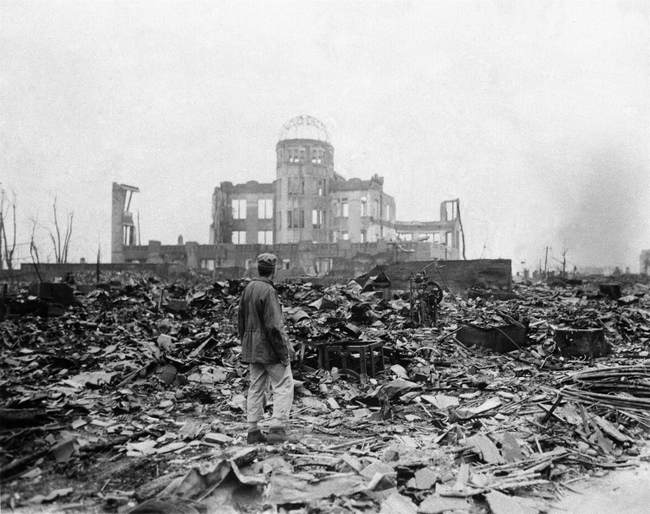In the fall of 2018, Peter Jackson released his documentary on WWI, "They Shall Not Grow Old," to its initial limited release in theaters before becoming a staple of streaming websites. Given access to the newsreel footage of England’s Imperial War Museum and carte blanche to create any documentary he saw fit with it to commemorate the centennial of WWI’s armistice, Jackson’s technical crew did a brilliant job of restoring footage that was shot during the earliest days of movie newsreels. His team stabilized the footage, corrected the speed of miles of hand-cranked images, and colorized the black and white footage, to make WWI accessible to a new generation of audiences who lack the patience to muddle through ancient, grainy black and white footage. Jackson also used his own collection of WWI-era guns and artillery(!) to create sound effects that are as period-accurate as possible, and even hired forensic lip readers, who make their day-to-day living studying security camera footage of burglars, to ascertain what was being said by the men in the century-old silent footage his team had restored.
The recent Netflix series "World War II: From the Front Lines," narrated by John Boyega, who played Finn in the recent "Star Wars" trilogy, attempts to do much the same for the next World War. However, taken together with Jackson’s "They Shall Not Grow Old," the two documentaries raise questions about how future generations will look back on the footage of the 20th century, and the authenticity of what they will be seeing – and quite possibly, the lack thereof.
The classic 1970s Thames Television WWII miniseries "The World at War" used the footage of the Imperial War Museum and numerous other stock footage libraries to tell the history of WWII as had never been explored on television before. However, because film restoration technology was somewhere between non-existent and in its absolutely infancy, the black and white newsreel footage "The World at War" used was most assuredly the real thing, and not digitally processed and colorized to a fare-the-well. Because of the role of the battlefield cameraman, the footage was rarely as “in your face” as something shot by Hollywood for a dramatic war movie, but it was believable because it was real.

